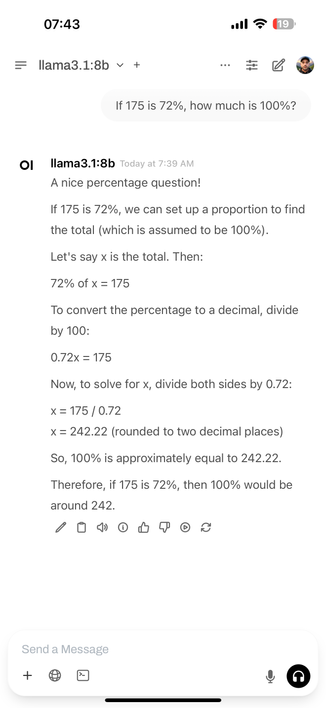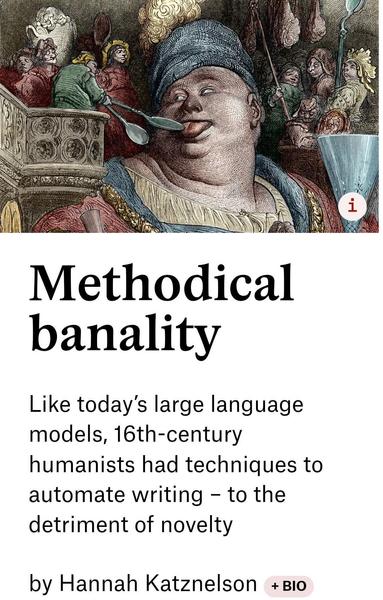"Bluntly, the Y-axis simply doesn’t make much sense. And needless to say, if the Y-axis doesn’t make sense, you can’t meaningfully use the graph to make predictions. Computers can answer some questions reliably now, for example, and some not, and the graph tells us nothing about which is which or when any specific question will be solved. Or consider songwriting; Dylan wrote some in an afternoon; Leonard Cohen took half a decade on and off to write Hallelujah. Should we average the two figures? Should we sample Dylan songs more heavily because he wrote more of them? Where should songwriting go on the figure? The whole thing strikes us as absurd.
Finally, the only thing METR looked at was “software tasks”. Software might be very different from other domains, in which case the graph (even it did make sense) might not apply. In the technical paper, the authors actually get this right: they discuss carefully the possibility that the tasks used for testing might not be representative of real-world software engineering tasks. They certainly don't claim that the findings of the paper apply to tasks in general. But the social media posts make that unwarranted leap.
That giant leap seems especially unwarranted given that there has likely been a lot of recent data augmentation directed towards software benchmarks in particular (where this is feasible). In other domains where direct, verifiable augmentation is less feasible, results might be quite different. (Witness the failed letter ‘r’ labeling task depicted above.) Unfortunately, literally none of the tweets we saw even considered the possibility that a problematic graph specific to software tasks might not generalize to literally all other aspects of cognition.
We can only shake our heads."
https://garymarcus.substack.com/p/the-latest-ai-scaling-graph-and-why
#AI #GenerativeAI #LLMs #Chatbots #Automation #Benchmarks #SoftwareDevelopment #Programming #AIHype


